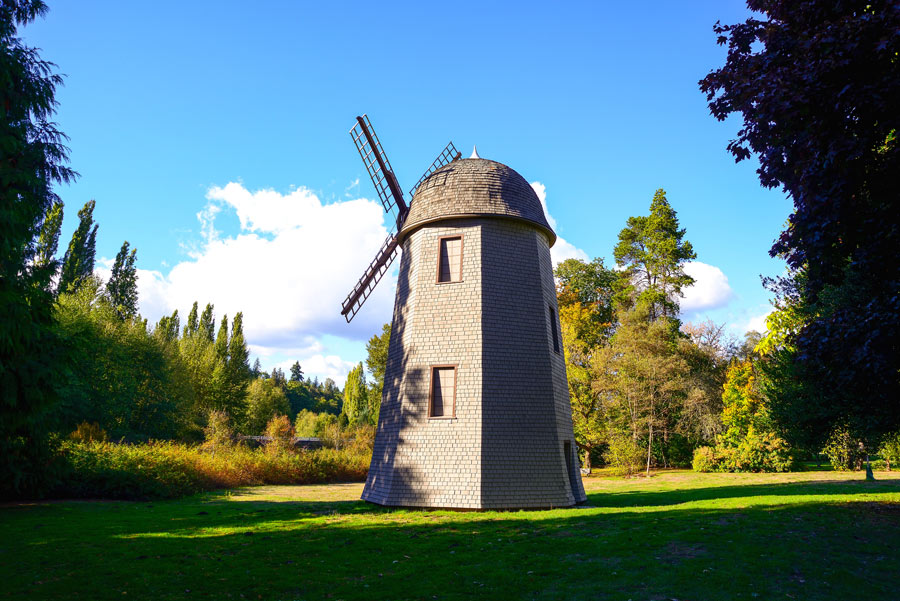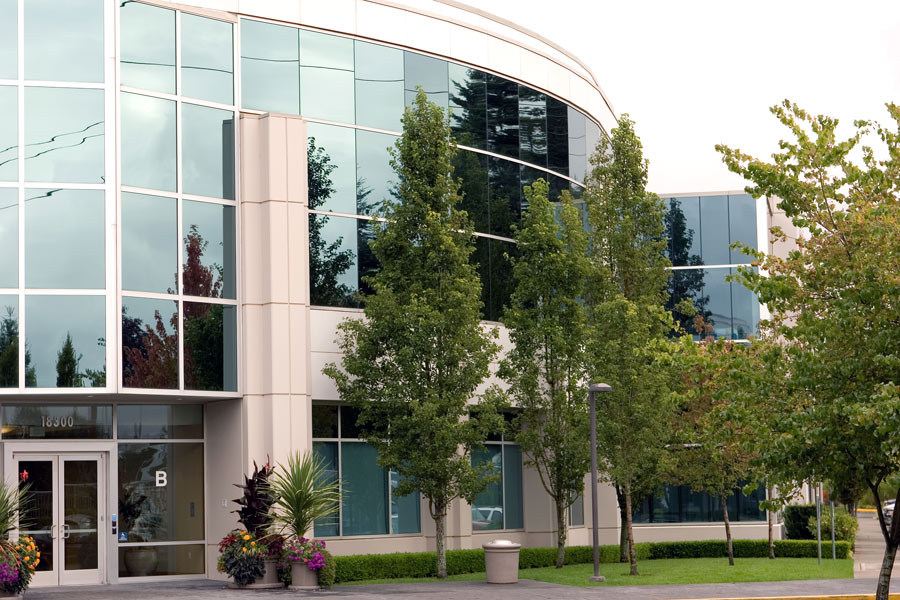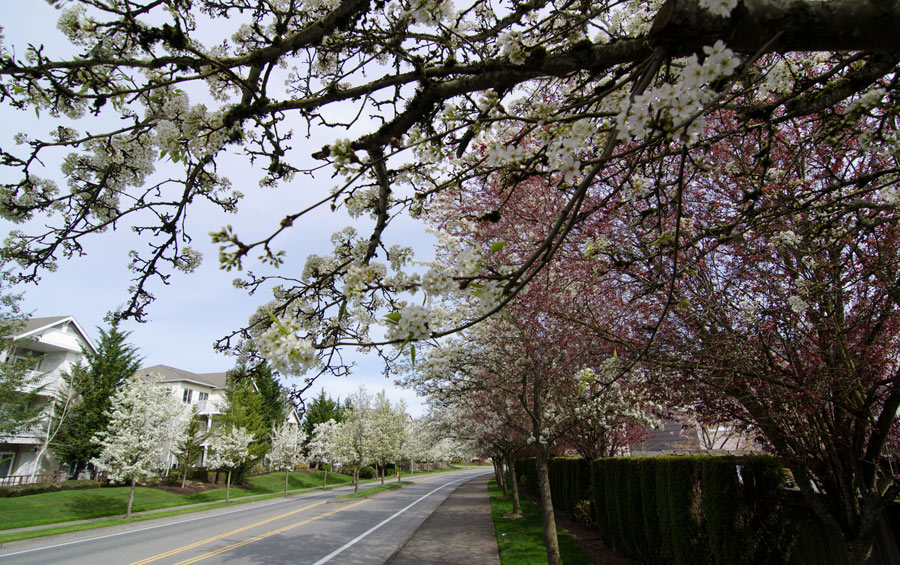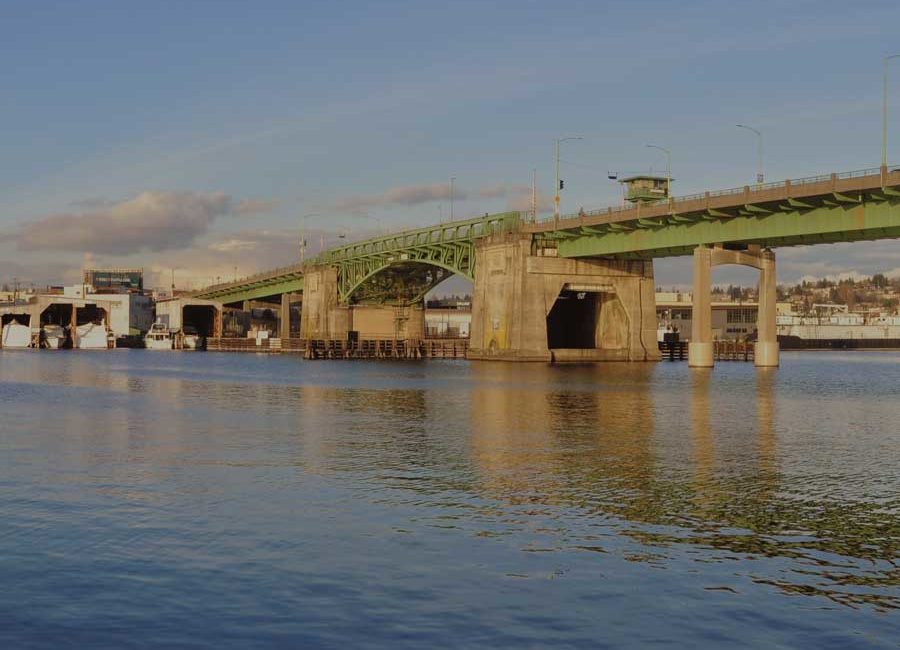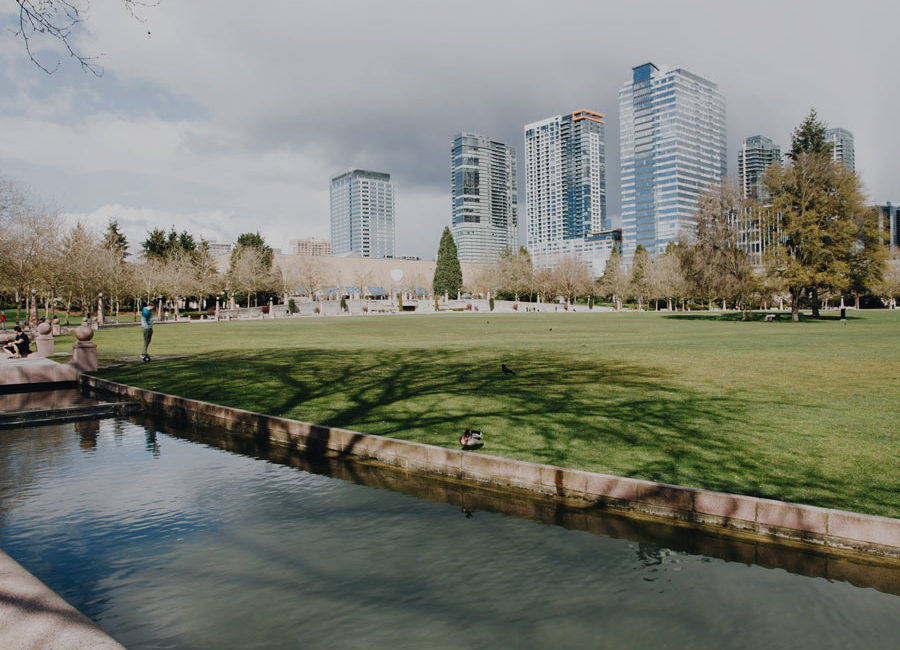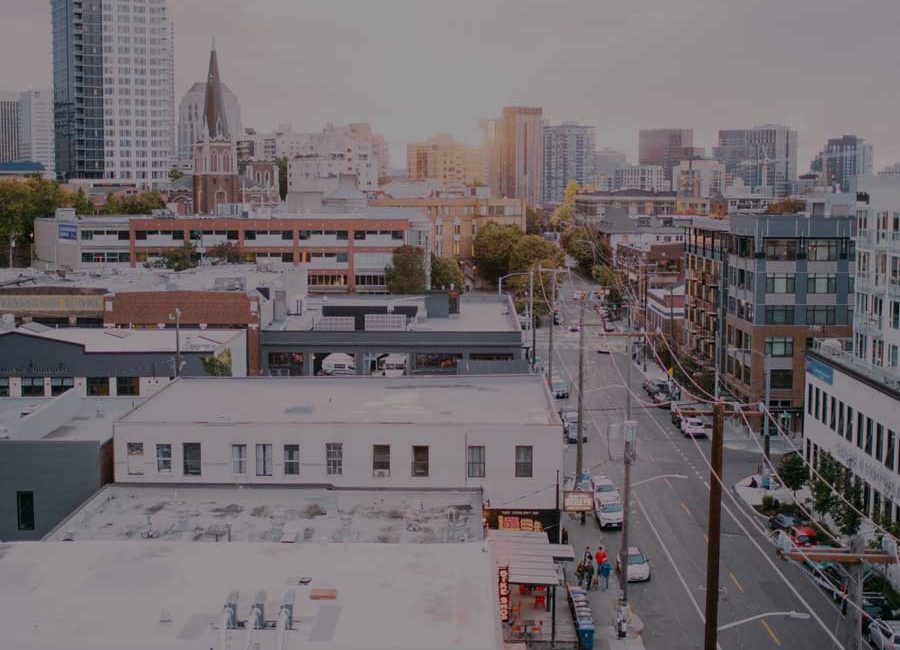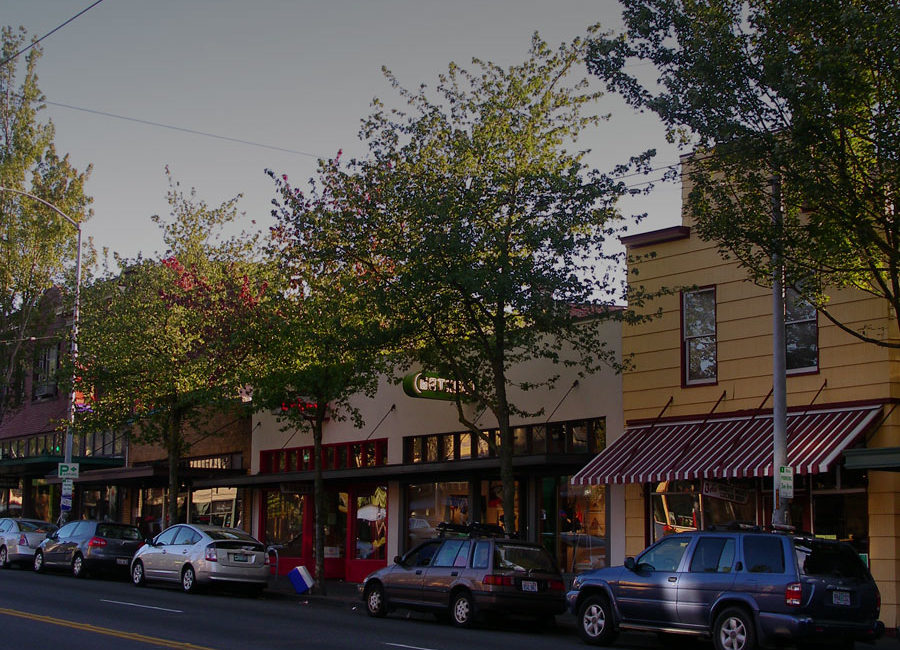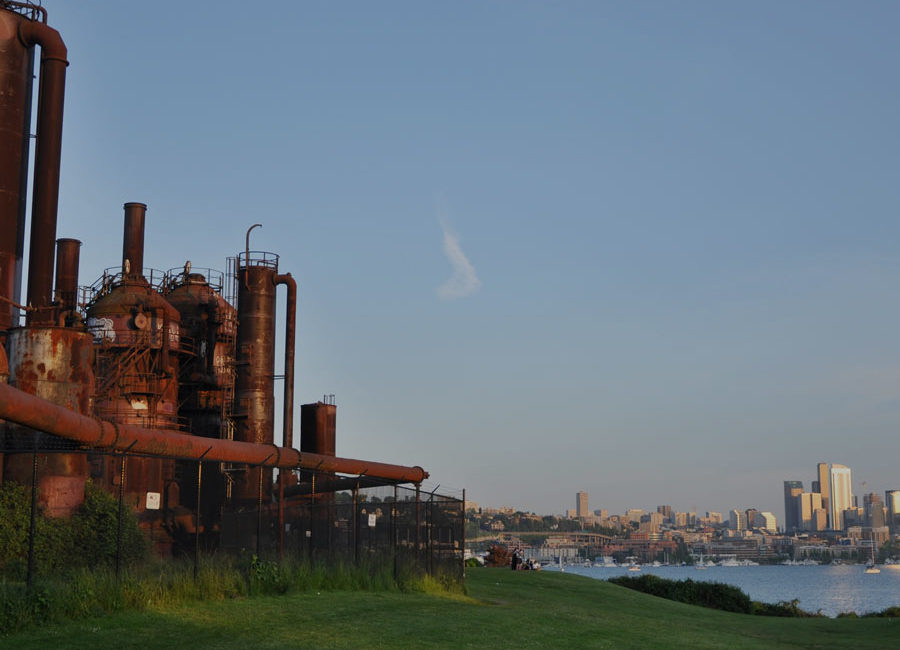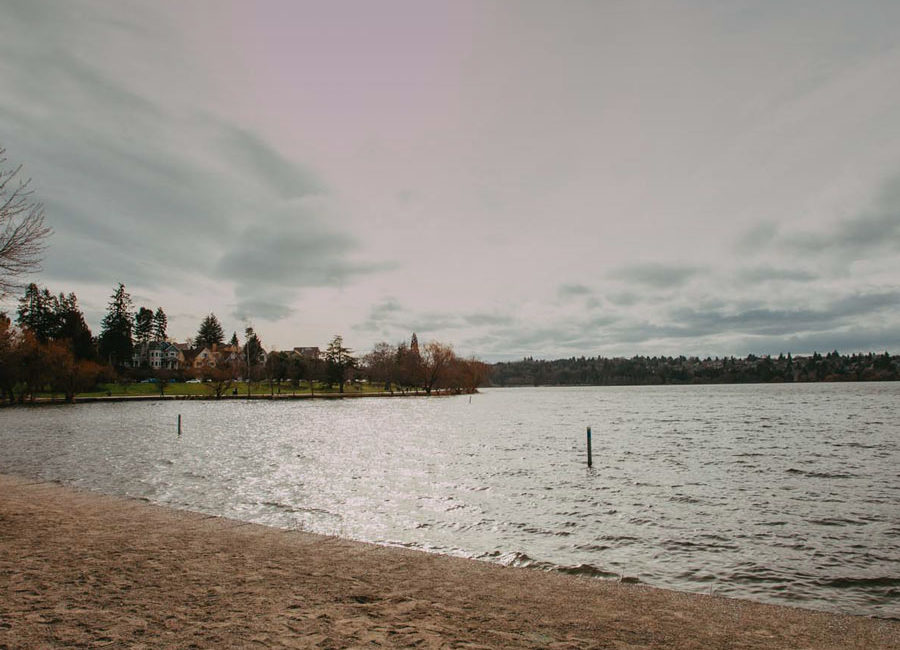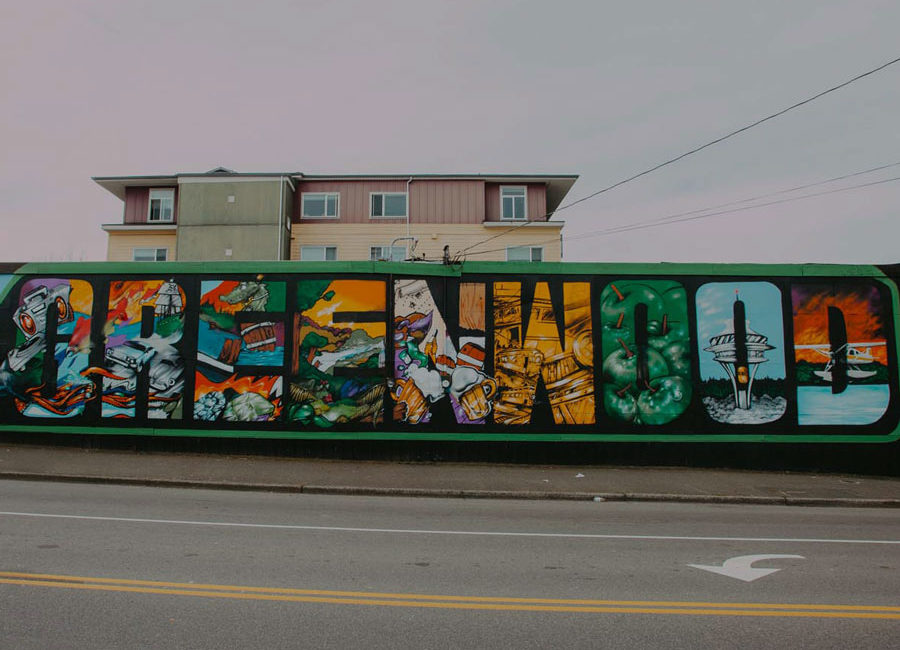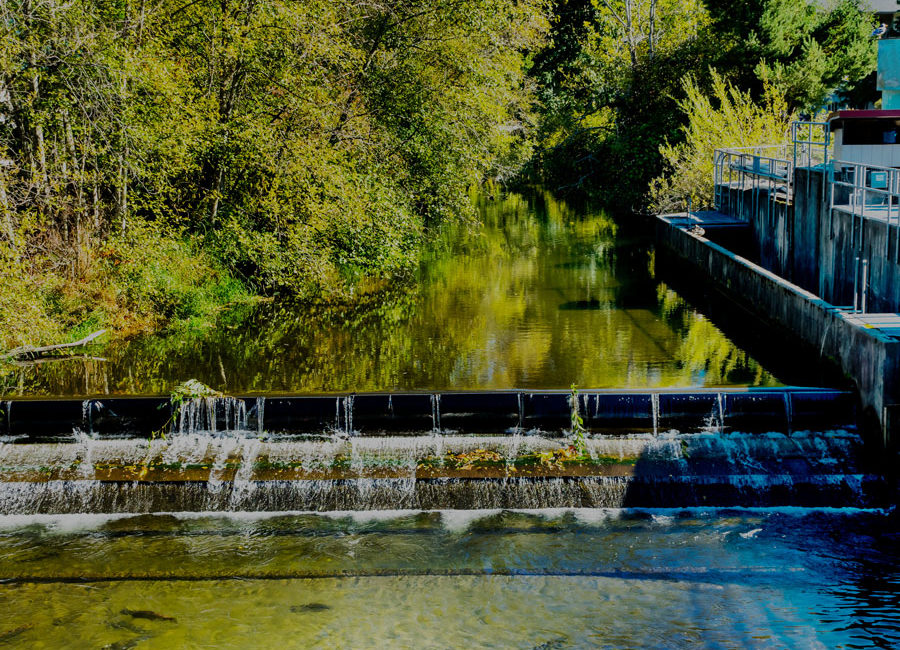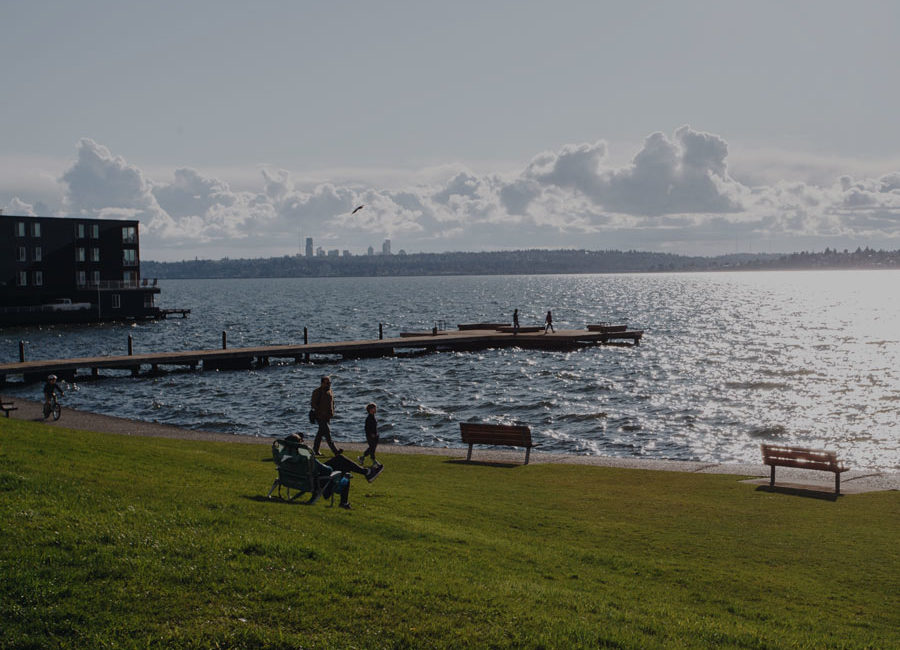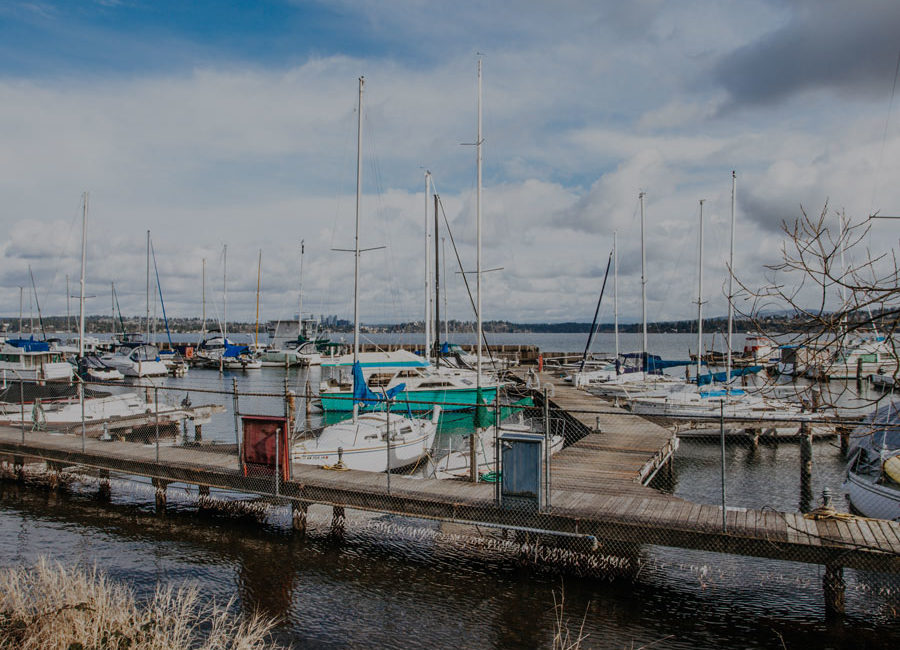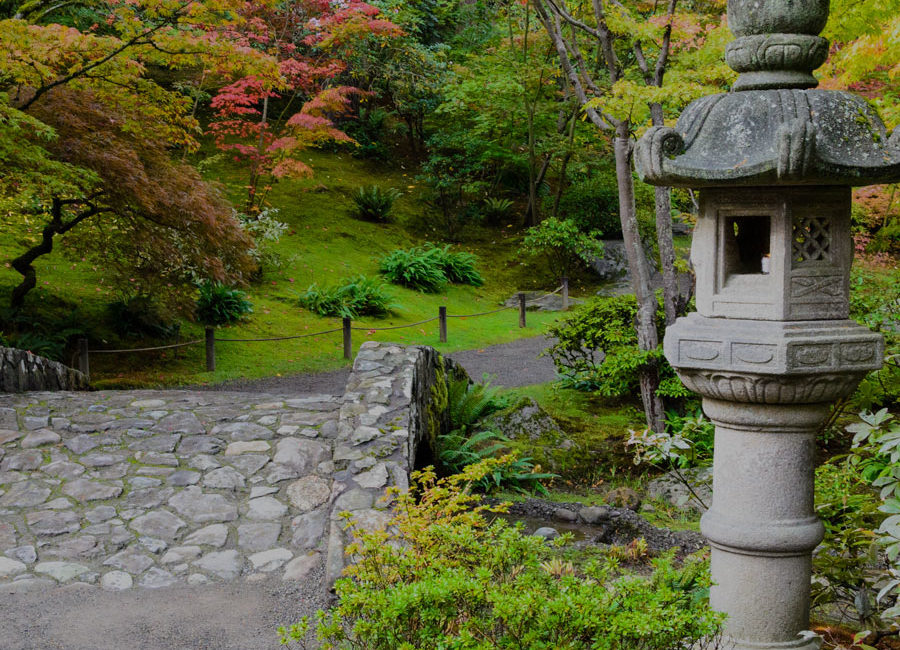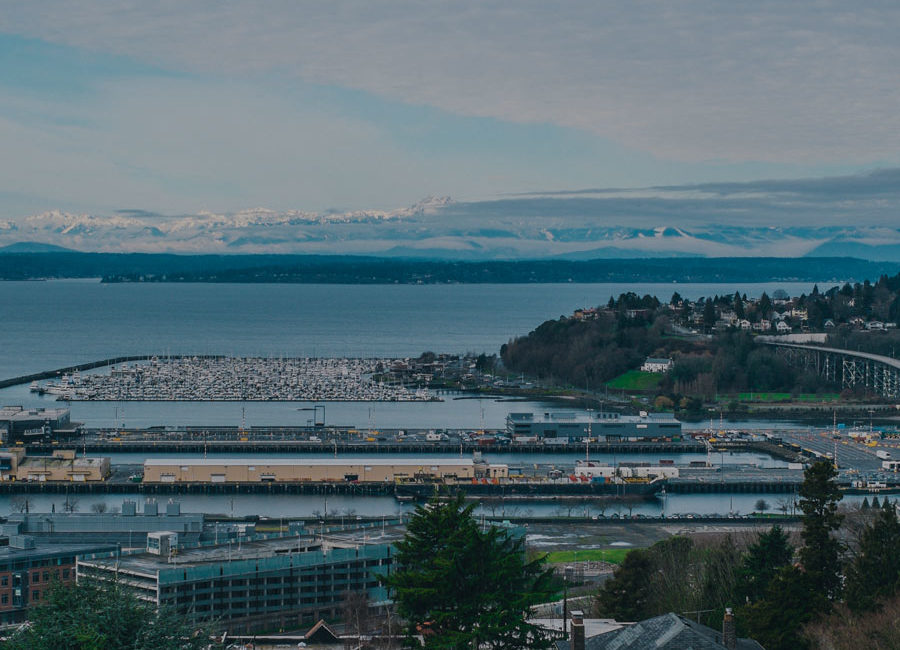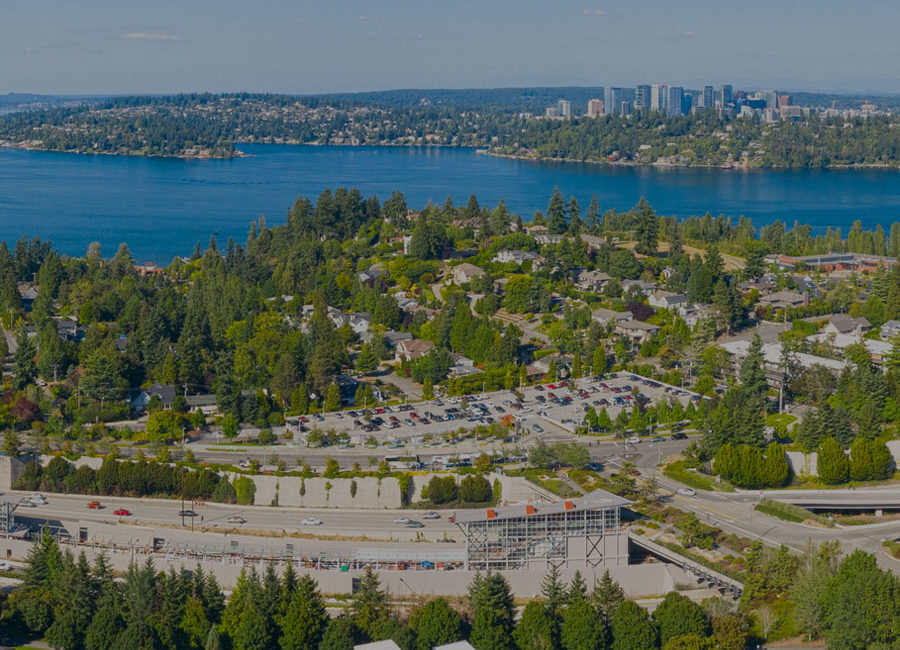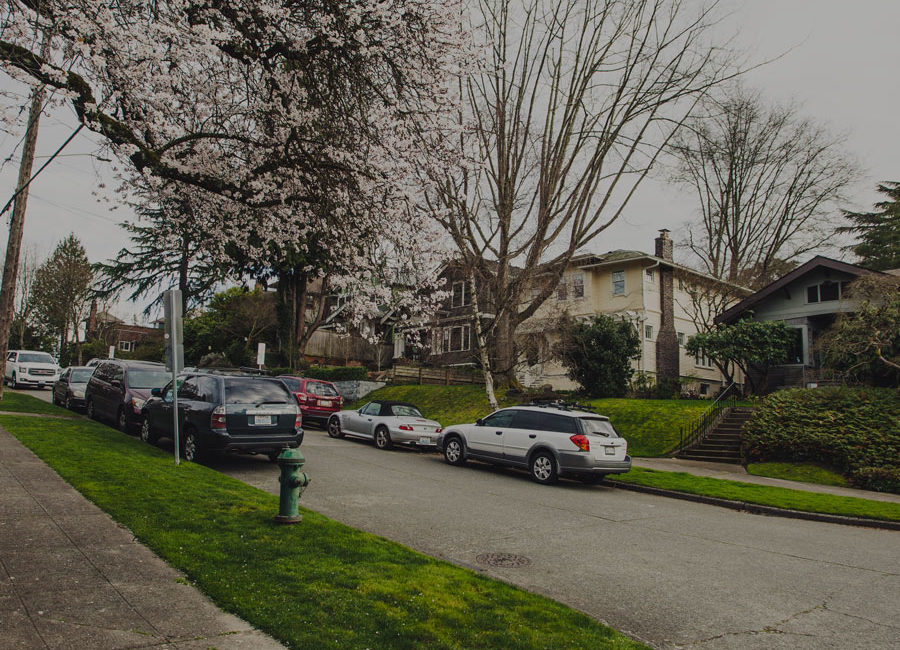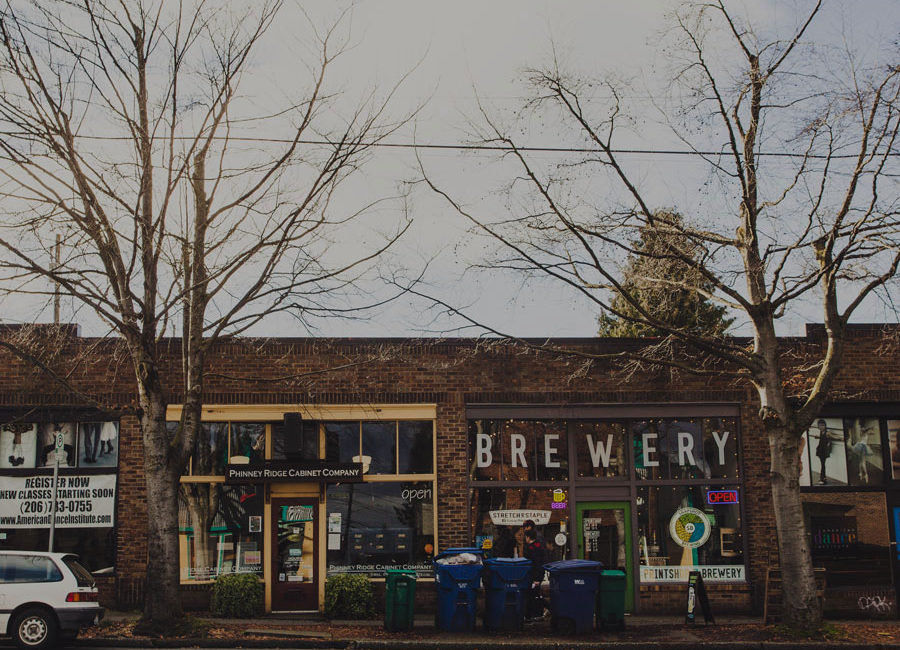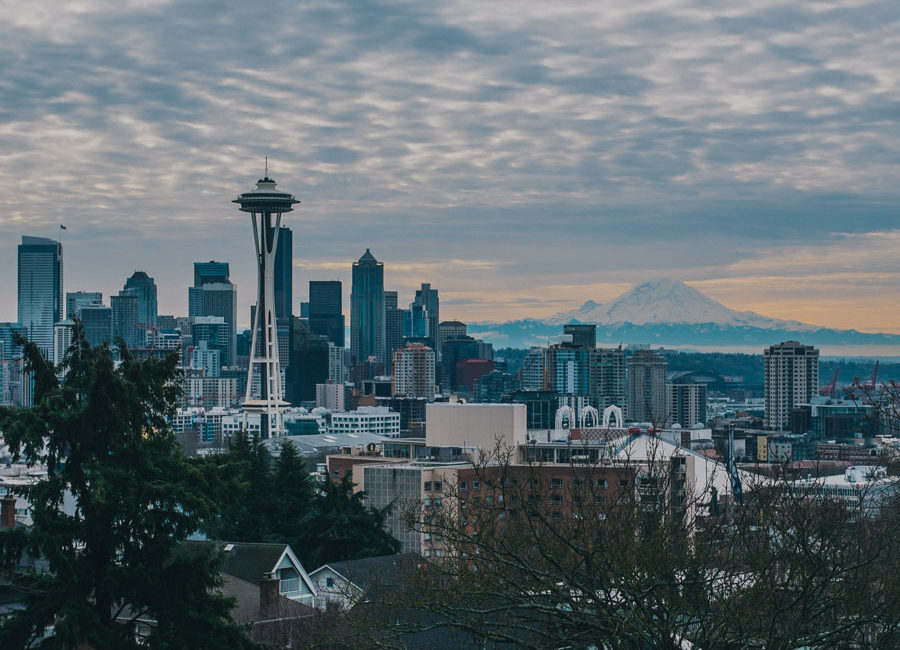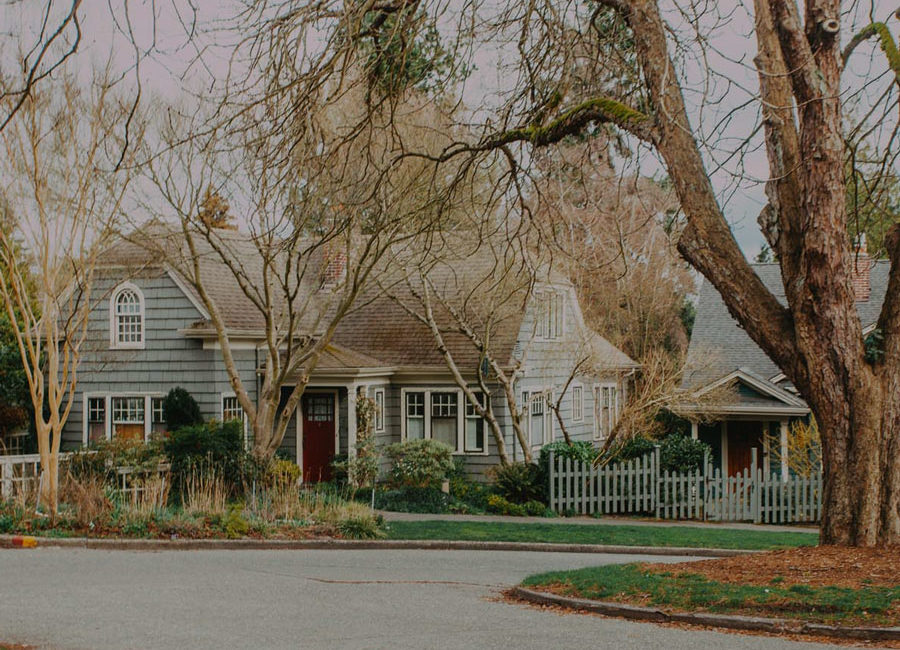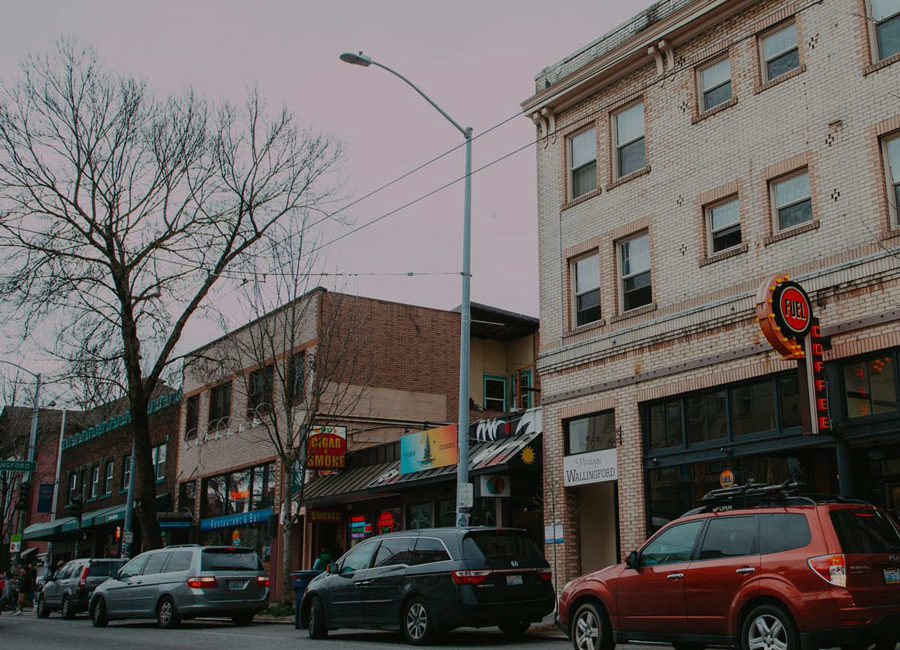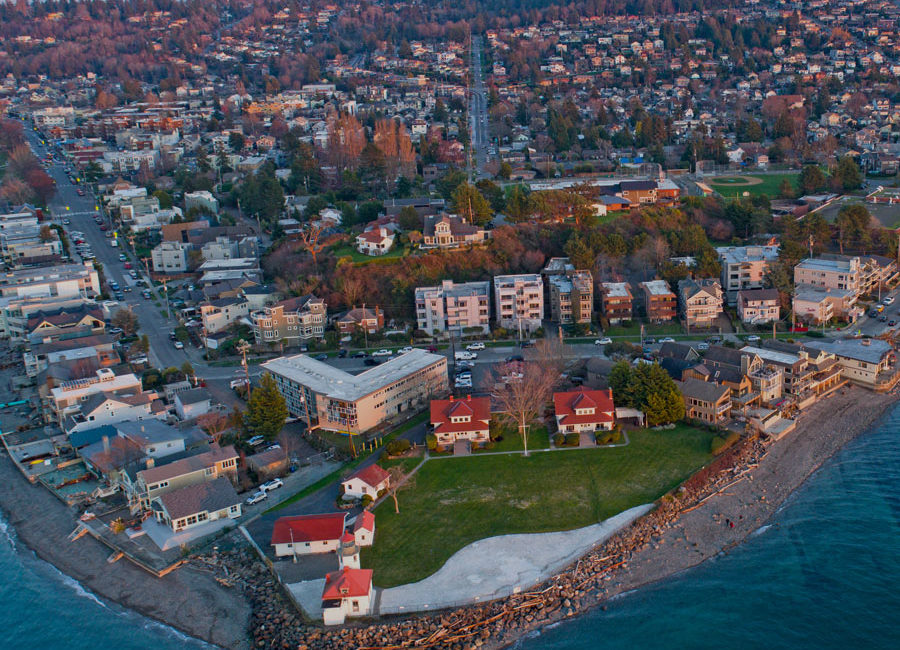Guide to the Eastside:
Redmond
Located on the north shores of Lake Washington, between Bellevue and Issaquah, Redmond is a comfortable suburban city with reasonable access to Seattle and the wine-tasting hub of Woodinville. Many residents both live and work in the area, thanks to Microsoft, Nintendo, and other tech companies that have their headquarters here. For those that commute to Seattle or Bellevue for work, Redmond offers a peaceful and more laidback place to live, away from the hubbub of these busier cities.
2019 Data at a Glance
Average Home Price:
$859,078
Average Rent:
$2,750/month
Home price trend:
-0.4%
Walk Score (1-100):
32
Number of Parks:
20
Pros of Living in Redmond
If you work in Redmond (or nearby), it’s certainly better to also live in the area. There are some excellent bike trails for a convenient cycling commute or exercise, and easy access to many of the large and small employers in the area for a short commute by car (without having to deal with traffic or the 520 toll bridge). A lot of people who live in Redmond have noted that it’s nice to be able to come home for lunch or swing by if they forgot something. Beyond that, Redmond residents really enjoy the quiet retreat of living in the area.
Redmond is also a far safer place to live than Seattle or some areas of Bellevue, which is becoming a busy city in its own right. There are some excellent schools in the Lake Washington School District, which is one of the best-rated in the state.
In addition to some great places to eat, the city has a nice retail sector at Redmond Town Center, which is an open-air shopping center with over 100 stores, several restaurants, a hotel, and office space.
There are about 20 parks and green spaces in Redmond, with one of the most popular being Marymoor Park. At 684 acres, the park is the largest and oldest in King County. More than 3 million visitors come to the park each year, which is located at the northern end of Lake Sammamish. There are numerous concerts and other cultural events in the park each year, as well as play fields, a 35-foot freestanding climbing structure, birdwatching opportunities, woodlands, and fields that are perfect for flying remote-controlled airplanes and other RC toys.
Cons of Living in Redmond
One of the main cons of living in Redmond is that a car is a must, and since things are more spread out, it can take 20 to 30 minutes to get anywhere. Some residents lament the difficulty of getting friends to come to them when they live in Redmond, since many younger people prefer to live in Seattle or Bellevue. If you visit friends in Seattle, you’ll probably also have a tricky time finding parking, but this isn’t necessarily true for all neighborhoods in the city.
Another con is that there isn’t a whole lot in the way of nightlife in Redmond, but this may not be a detractor for some who prefer a quieter, more low-key place to settle. Public transportation is decent, but may present challenges for late-night or early morning trips, especially into and out of Seattle.
Depending on where in Redmond you live, you may find that your neighbors are more distant. Some residents are bothered by the fact that many Redmond homeowners pretty much keep to themselves and don’t really socialize.
History of Redmond, Washington
Before trappers and white settlers ever came to the area that would become Redmond, Native Americans found rich abundance of food and resources in the dense forests and salmon-filled rivers of the area. Pioneers came to Redmond in 1871, a couple of decades after the Denny party landed at Alki Point in Seattle. Because salmon were so abundant, particularly in the Sammamish River, the settlers initially called their home Salmonberg.
After arriving, the settlers’ first task was to clear land, since the trees grew so densely on the land around Lake Sammamish. During the 1880s, they logged and built homes and shelters, in addition to lumber and shingle mills. When the Seattle Lake Shore and Eastern Railway came to the growing town that would be Redmond in 1888, the area was becoming well known as a prime timber economy. The town had saloons, hotels, blacksmiths, and restaurants, in addition to a stagecoach office.
Redmond was incorporated in 1912 after the need for a modern waterworks system required a tax on the town’s saloons. This further grew the town and prompted the construction of new buildings, including a two-story schoolhouse, doctor’s office, and more.
Despite its early days as a logging community, Redmond’s virgin forests had been exhausted by the 1920s, and the timber industry faded. Agriculture soon became the town’s primary industry, but its population grew slowly, especially during the Great Depression. As the country and Washington state recovered, more dependable transportation and infrastructure improvements helped to bring more people to the Redmond area.
When the Evergreen Point floating bridge was completed in 1963, residential development in Redmond blossomed exponentially, triggering notable commercial growth in technology and service businesses during the 1970s.
During the 1980s and 1990s, many high-tech businesses made their headquarters in Redmond, further increasing the growth and development of the area. These included Microsoft, Nintendo of America, Honeywell, and Genie Industries, and electronics companies General Dynamics Airborne Electronic Systems and Medtronic Emergency Response Systems.
Today, Redmond continues to be primarily residential, but business is still a major part of its economy. Technology companies still look to Redmond as an ideal location for large headquarters for its more affordable commercial real estate costs as well as more diverse housing options for their workforce, as compared with Seattle.
Home Prices in Redmond, Washington
The median value for homes in Redmond is $859,078. Although the value of homes in Redmond has declined by -0.4% in the past 12 months, it is predicted to increase by 5.0% in the next year. The average list price per square foot is $511 in Seattle and $286 in the Seattle-Tacoma-Bellevue Metro area, and in Redmond it is $410 per square foot.
Most of the homes in Redmond have been built in the last 20 to 30 years, although there is a lot of new construction and the area is growing pretty rapidly. For home styles, choose from ramblers, tri- and split-level homes, modern homes, Craftsman bungalows, and more. Many of the houses in Redmond also have basements (finished and unfinished).
There are quite a few communities of condominiums and apartments, as well as townhomes — especially close to the downtown Redmond area and near Redmond Town Center. The average monthly rent for a unit in Redmond is $2,750, which is a bit higher than the $2,290 average for the Seattle-Tacoma-Bellevue Metro area.
Walk Score & Transportation in Redmond
In the city of Redmond, the walk score is 32. The most walkable neighborhoods in Redmond are the Downtown area, Grass Lawn, and Willows-Rose Hill. The area has a bike score of 51 and a transit score of 39.
Most of Redmond’s public transportation comes to and from the Redmond Transit Center, with stops throughout the city and beyond. The RapidRide B line is the most substantial, connecting Redmond to the Bellevue Transit Center. Routes 224 and 232 travel between Redmond and Duvall, route 219 goes from Redmond to the Park & Ride in the Issaquah Highlands and then to Downtown Seattle, and route 268 transports commuters straight to Downtown Seattle from Redmond. Other routes that travel to Seattle are the Sound Transit lines 541, 542, and 545, with the first two lines connecting Redmond to Green Lake. The 248 route travels from Avondale to the Redmond Transit Center and then on to the transit center in Kirkland, and route 269 travels between the Issaquah Transit Center and the Overlake Park & Ride, with stops in Redmond. There are two DART lines, the 930, which goes from the Kingsgate Park & Ride to Redmond Town Center, and the 931, which travels from the UW and Cascadia Campus to the Redmond Transit Center.
Unique Gems in Redmond, Washington
Even though it’s pretty quiet, there is plenty to do in Redmond. In addition to concerts and events year-round at Marymoor Park, particularly during the summer, there’s a Saturday market May through October from 9 a.m. to 3 p.m., with meat, fish, eggs, produce, handmade goods and crafts, entertainment, and more. Some other unique city gems include:
K1 Speed: On a rainy day in Redmond (or any day, really), there’s lots of fun to be had for kids and adults at the indoor electric go-karting track at K1 Speed. It’s open daily, and has a nice, challenging track with adult and junior electric karts. You can make group reservations for seven or more racers so that you can have the track to yourselves for a few races. There’s also a Pit Cafe, with snacks and drinks to keep your energy up for the adrenaline-rush of the race.
Village Square Cafe: For classic comfort breakfast and lunch food, head to the Village Square Cafe. This daytime diner has favorites for breakfast, such as four different eggs benedict, omelettes and scrambles, waffles, French toast and pancakes as well as delicious specialties like huevos rancheros and corned beef hash. For lunch, take your pick from hot sandwiches, wraps, soups, salads, and sweet treats to finish off your meal.
Sages Restaurant: Delicious, unassuming Italian fare is served at Sages Restaurant, which specializes in bruschetta, gnocchi and other rustic dishes for lunch and dinner. They also have a gluten-free menu, and offer a great wine list. From pasta to ravioli, savory starters to fresh salads, your palate is going to be happy. Be sure to try Bart’s Signature Chicken, which is stuffed with spinach and goat cheese and topped with an amazing Marsala mushroom sauce, or the Pork Saltimbocca — thinly sliced pork tenderloin that’s pan-seared with sage and prosciutto and served with a yummy Marsala cream sauce.
Second Story Repertory: Redmond Town Center’s community theater is where it’s at for great entertainment in the city. The theater features music concerts, musicals, improv comedy performances, burlesque, and live plays, as well as children’s programming.
Black Raven Brewing Co.: The Greater Seattle area is now known for beer as well as wine, and Black Raven Brewing Co. is a unique place to sample microbrews aged in wooden barrels previously used to age and store wine, cognac, bourbon, and rye whiskey. There’s always a rotating selection of beers to taste and enjoy from the Redmond taproom, with food trucks outside to sate your appetite as you sip. You can get beer by the sample or pint, or get a growler to take home and enjoy.

